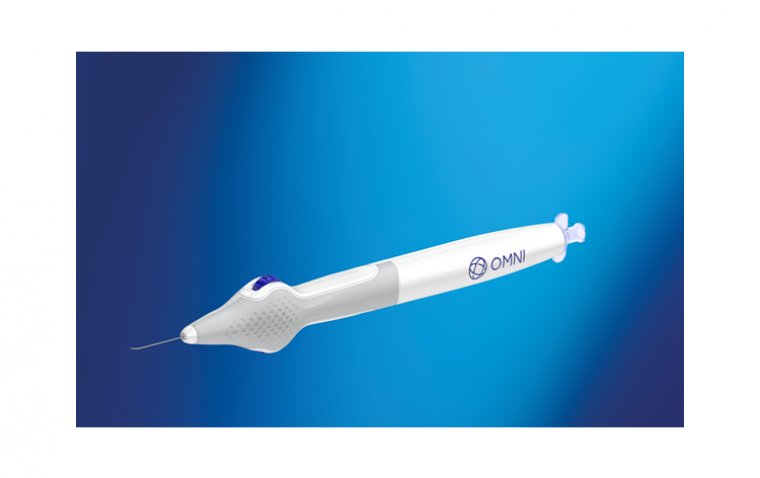
Pantheon Vision Partners with Eyedeal Medical to Develop Bioengineered Corneal Implant
Pantheon Vision has announced a strategic partnership with Eyedeal Medical to co-develop a bioengineered artificial corneal implant, aiming to eliminate the global dependency on human donor corneal tissue and ultimately eradicate corneal blindness.
Addressing a Critical Global Health Need
Corneal blindness is the third leading cause of blindness worldwide, affecting more than 13 million people. Currently, the standard of care involves corneal transplantation using human donor tissue, a solution that remains limited by donor shortages and surgical complexities—particularly in underserved regions.
Pantheon Vision and Eyedeal Medical are working together to offer a disruptive, scalable alternative to the current model.
A Revolutionary Artificial Cornea in Development
According to Mr. Guo Guangxu, Founder and CEO of Eyedeal Medical:
“Pantheon Vision has assembled a world-leading ophthalmic design team whose groundbreaking mindset has enabled the bold development of a revolutionary single-piece polymer artificial cornea for vision restoration. This innovation, upon commercialization, will fundamentally eliminate the need for corneal donations while bringing new hope to global patients requiring corneal transplantation.”
The implant is being designed as a single-piece polymer artificial cornea, making it a potentially transformative option for patients suffering from corneal opacity and blindness.
Strategic Alignment and Shared Vision
John Sheets, Jr., Ph.D., President and CEO of Pantheon Vision, emphasized the significance of the collaboration:
“We are grateful for the partnership with Eyedeal Medical and are extremely optimistic that together we can create an innovative solution that will provide meaningful benefits to patients suffering from corneal blindness.”
The partnership marks a major step in Pantheon Vision’s mission to develop vision-restoring, bioengineered solutions that are both accessible and scalable on a global level.
Fast-Tracking Global Access
Eyedeal Medical stated that the collaboration will focus on expediting clinical implementation, with plans to distribute the artificial corneal implant globally as quickly as possible.
As this partnership advances, it represents a promising innovation in ocular regenerative medicine, potentially redefining the future of corneal transplantation.
(1).jpg)










